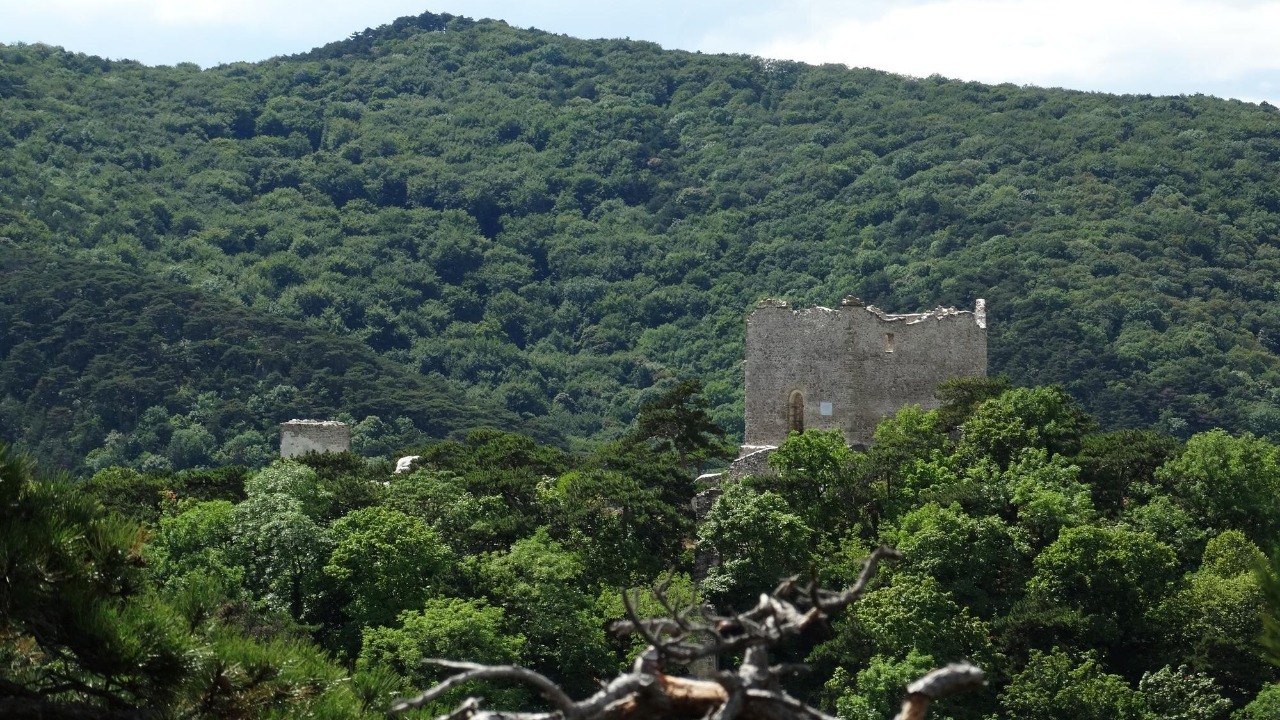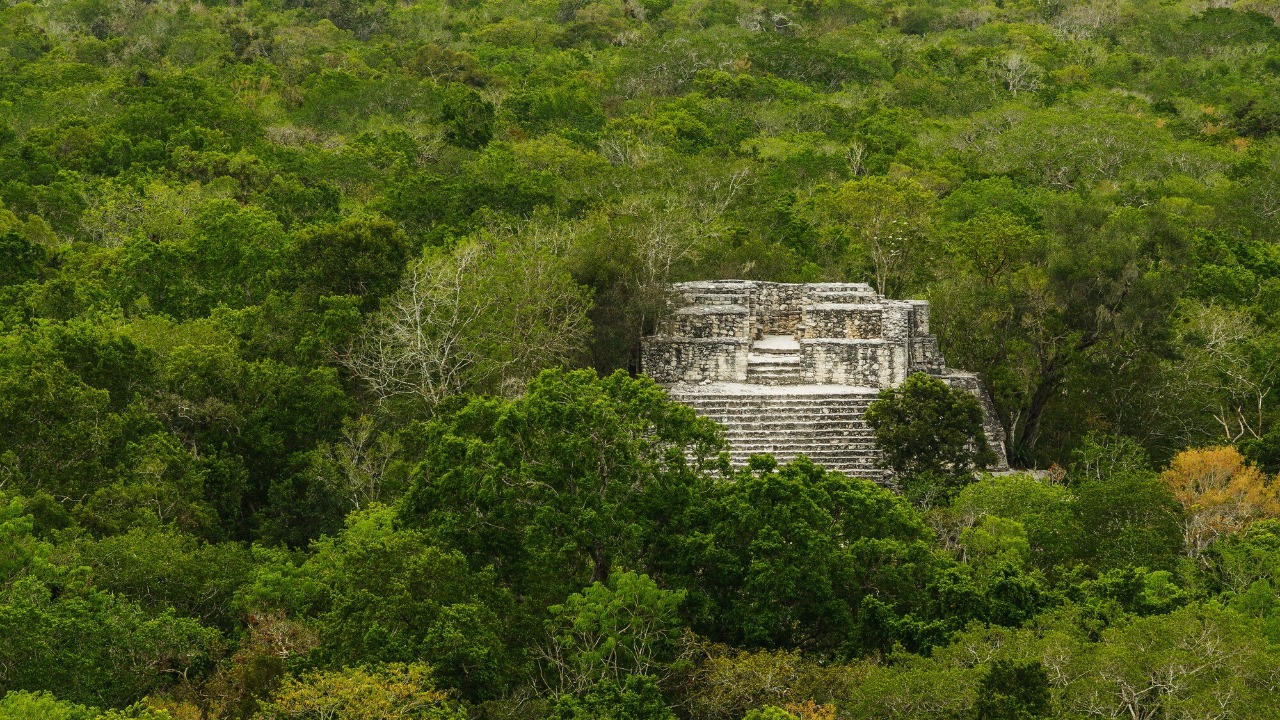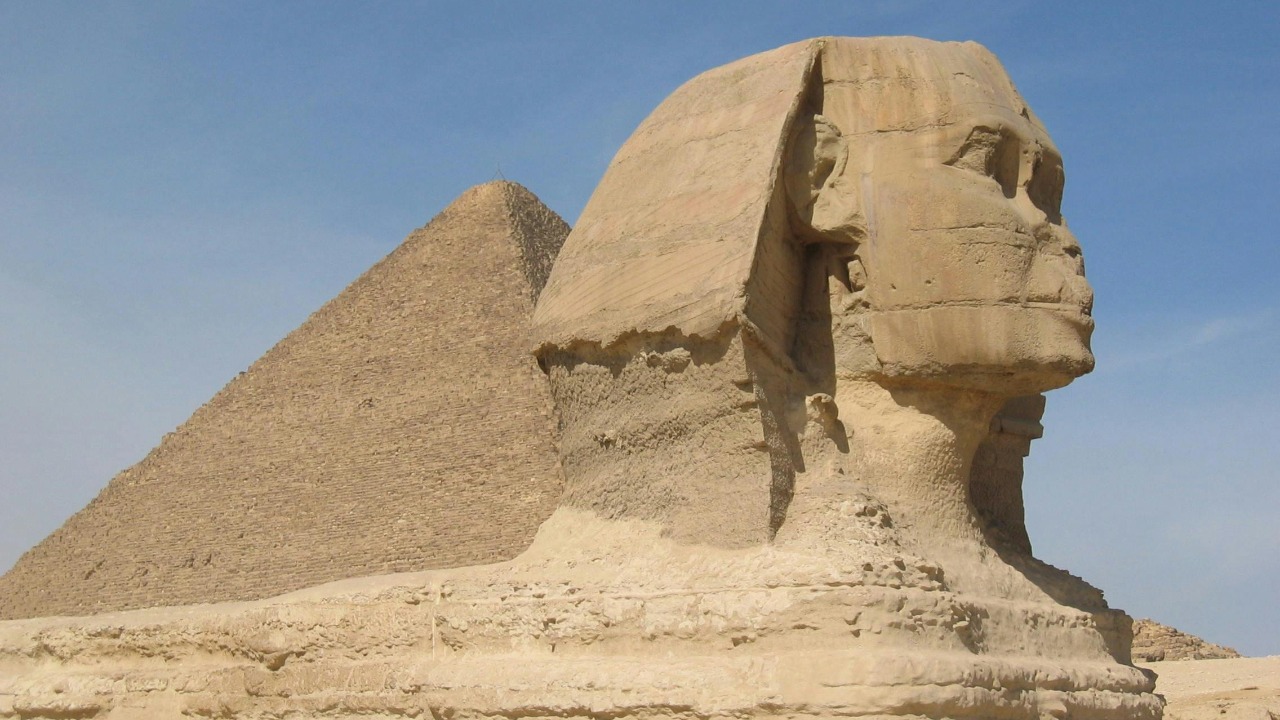
Scientists have recently uncovered ancient pyramids hidden deep in the Amazon rainforest, a discovery that could reshape our understanding of pre-Columbian civilizations in South America. These findings, which include the mysterious “El Cono” pyramid, follow the revelation of ancient cities hidden in the Ecuadorean Amazon, dating back 2,500 years. This groundbreaking research parallels the recent discovery of a second hidden city beneath Egypt’s Giza pyramids, emphasizing a broader narrative of ancient societies with sophisticated architectural capabilities.
The Discovery of Pyramids in the Amazon

Archaeologists have identified the “El Cono,” a sacred pyramid structure, located deep in the Amazon rainforest. This discovery, detailed by Live Science, highlights the potential existence of advanced pre-Columbian civilizations that once thrived in the Amazon basin. The pyramid’s presence suggests that these societies possessed significant architectural knowledge and capabilities, challenging previous assumptions about the region’s historical development.
The use of advanced technology, such as LiDAR, has been instrumental in these discoveries. According to The Washington Post, LiDAR technology has allowed researchers to penetrate the dense jungle canopy, revealing a hidden past that was previously inaccessible. This technological advancement has not only uncovered the “El Cono” but also provided insights into the broader landscape of ancient Amazonian societies.
Significance of the Discoveries

The unearthing of these pyramids could reshape historical narratives, similar to the recent discovery of a second hidden city beneath Egypt’s Giza pyramids. As reported by the Daily Mail, such findings challenge our understanding of ancient civilizations and their architectural prowess. The Amazonian discoveries suggest that these societies were far more complex and interconnected than previously believed.
These findings also challenge previous assumptions about the complexity and reach of ancient Amazonian societies. The Smithsonian Magazine highlights how these ancient cities, hidden for 2,500 years, emphasize the vastness and sophistication of these civilizations. The presence of “Amazon’s Secret Dark Earth” might have supported large, sustained populations, potentially transforming historical agricultural and ecological knowledge.
Moreover, these discoveries highlight the potential for a reevaluation of the cultural and technological exchanges that might have occurred between these ancient societies and other civilizations across the globe. The architectural similarities between the Amazonian pyramids and those found in other parts of the world, such as Egypt, suggest that there might have been more interaction or parallel development than previously thought. This could lead to a broader understanding of how ancient societies influenced each other, either directly or through shared innovations.
Additionally, the discovery of these pyramids in the Amazon challenges the long-held belief that the region was sparsely populated and culturally isolated. The presence of such sophisticated structures indicates that the Amazon was home to complex societies capable of significant architectural feats. This revelation could prompt historians and archaeologists to reconsider the social and political structures of these civilizations, potentially uncovering new insights into their governance, trade networks, and cultural practices.
Comparisons with Other Ancient Discoveries

The Amazonian pyramids echo the monumental architecture found in ancient Egypt, highlighting a potential global pattern of complex societies with architectural prowess. The discovery of a second hidden city beneath Egypt’s Giza pyramids, as detailed by the Daily Mail, underscores the similarities in architectural features between these distant cultures, suggesting shared or parallel developments in ancient engineering techniques.
These discoveries are akin to the ancient cities found in the Ecuadorean Amazon, which have remained hidden for 2,500 years. The Smithsonian Magazine emphasizes the vastness of undiscovered ancient civilizations, highlighting the potential for further revelations about human history. The similarities in architectural features between Amazonian and other global ancient sites may indicate shared or parallel developments in ancient engineering techniques.
Future Implications and Research

The discoveries in the Amazon present new opportunities for archaeological research, potentially leading to more revelations about ancient human history and civilization development. As noted by Live Science, understanding the role of these structures could provide significant insights into the social and cultural dynamics of ancient Amazonian societies.
Understanding the role of “Amazon’s Secret Dark Earth” could have significant implications for modern ecological and agricultural practices. According to Popular Mechanics, this fertile soil might hold the key to sustainable agricultural practices that could benefit contemporary society. Continued exploration and technological advancements, such as the use of LiDAR, are essential for uncovering further secrets hidden within the Amazon rainforest.
Future research could also focus on the environmental impact of these ancient civilizations and how they managed to sustain large populations in the Amazon’s challenging ecosystem. By studying the remnants of these societies, scientists may uncover ancient techniques for managing resources and adapting to environmental changes, which could be invaluable in addressing current ecological challenges. The integration of traditional knowledge with modern scientific approaches might offer innovative solutions for sustainable living.
Furthermore, the ongoing exploration of the Amazon using advanced technologies like LiDAR could lead to the discovery of even more hidden structures and settlements. As researchers continue to map the region, they may uncover new sites that provide further evidence of the Amazon’s historical significance. This could inspire a new wave of archaeological interest and funding, driving forward our understanding of human history and the development of early civilizations in previously overlooked regions.